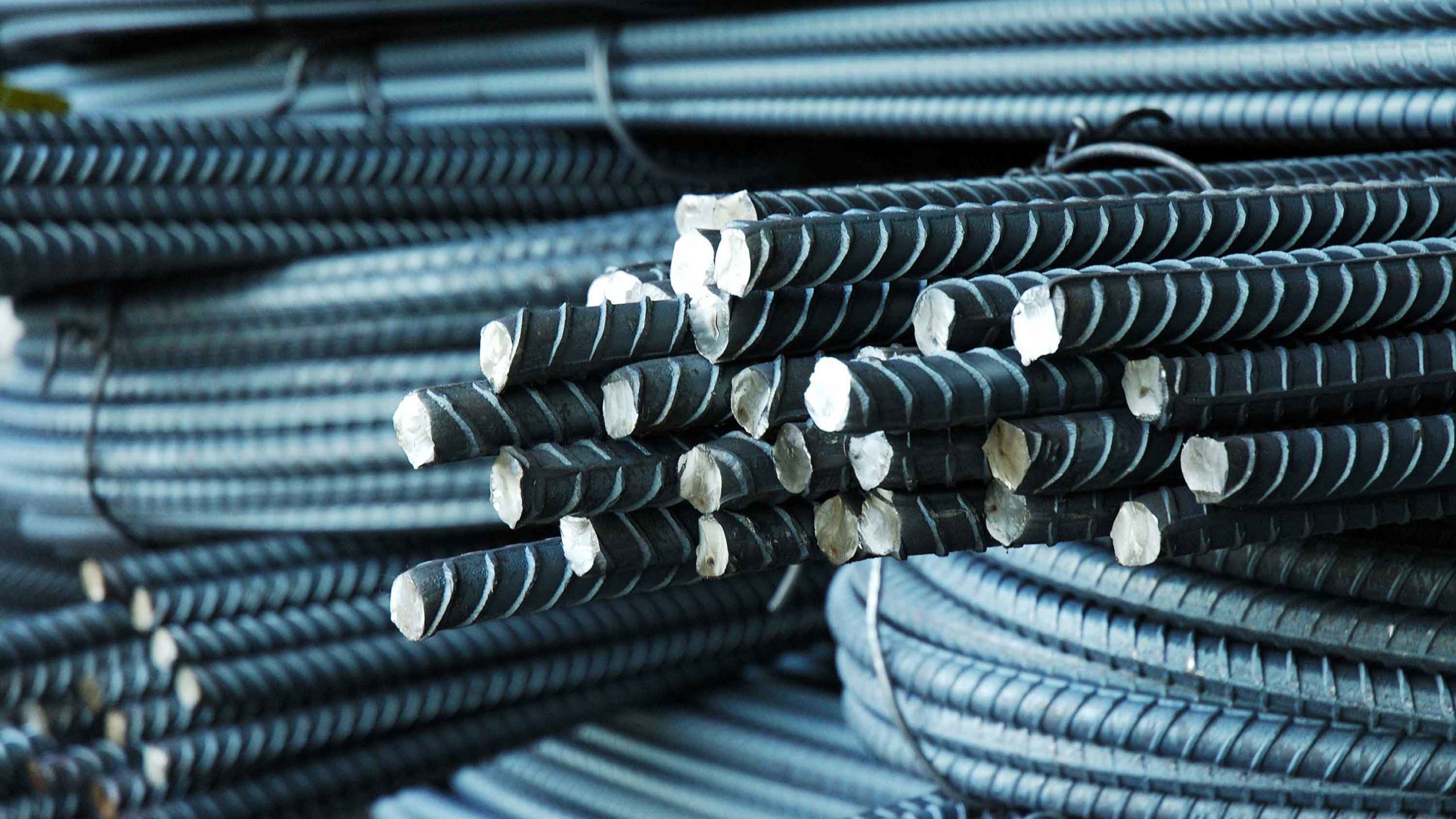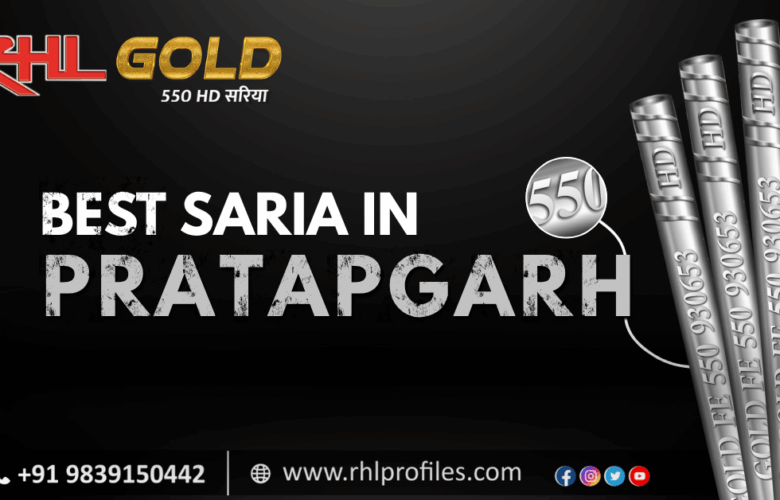(1). Strength: TMT bars have a high strength-to-weight ratio, which means they can bear heavy loads without breaking or cracking, while still being lightweight and easy to handle. This makes them suitable for use in reinforced concrete structures that need to withstand heavy loads and stress.
(2). Ductility: TMT bars have good ductility, which means they can bend and flex without breaking. This makes them suitable for use in areas that are prone to earthquakes or other natural disasters, as they can withstand the lateral forces and movements caused by an earthquake without breaking or collapsing.
(3). Corrosion resistance: TMT bars have good corrosion resistance, which makes them suitable for use in structures that are located in areas with high levels of moisture or pollution. They are less likely to rust or corrode, which ensures the longevity of the structure and reduces the need for maintenance or repairs.
(4). Durability: TMT bars are more durable and long-lasting than other types of steel bars, including HYSD bars, which makes them suitable for use in structures that need to withstand harsh weather conditions and heavy use.
(5). Weldability: TMT bars have good weldability, which means they can be easily joined together using welding techniques. This makes them suitable for use in structures that require a lot of welding, such as bridges and high-rise buildings.
(6). Cost-effective: TMT bars are cost-effective and provide good value for money, which makes them suitable for use in projects with limited budgets.






